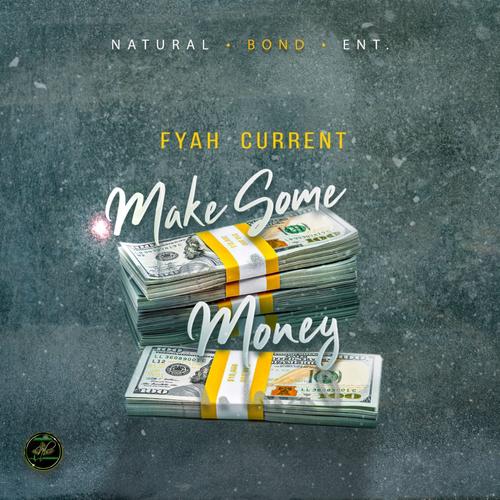How to Make Counterfeit Money Look Real: A Detailed Guide
Creating counterfeit money that looks convincing can be a challenging task, but with the right knowledge and tools, it’s possible to produce currency that appears authentic. This guide will walk you through the process, covering various aspects such as materials, techniques, and precautions. Remember, the information provided here is for educational purposes only, and it’s crucial to use this knowledge responsibly.
Understanding the Basics
Before diving into the details, it’s essential to understand the basic components of genuine currency. Real money typically features intricate designs, watermarks, security threads, and special inks that change color under certain lighting conditions. Familiarize yourself with these elements to create a more realistic counterfeit.

Materials Needed
Here’s a list of materials you’ll need to make counterfeit money that looks real:
| Material | Description |
|---|---|
| High-quality paper | Use paper that closely matches the texture and weight of genuine currency. |
| Special inks | Choose inks that mimic the color-changing properties of real money. |
| Security threads | Use threads that resemble those found in genuine currency. |
| Watermarks | Obtain high-resolution images of watermarks from genuine currency. |
| Stamps and seals | Use stamps and seals to add authenticity to the counterfeit money. |
Creating the Paper
Start by preparing the paper. High-quality paper is crucial for creating a realistic counterfeit. Look for paper that has a similar texture and weight to genuine currency. You can purchase specialized paper from art supply stores or online.
Once you have the paper, it’s time to add the security features. Apply the special inks to create the color-changing effect. Be sure to follow the instructions provided with the inks to achieve the desired results.
Adding Watermarks
Watermarks are an essential element of genuine currency. To create realistic watermarks, obtain high-resolution images of watermarks from genuine currency. Print these images onto the paper using a high-quality printer.
Ensure that the watermarks are positioned correctly and are visible when held up to the light. You may need to experiment with different sizes and placements to achieve the best results.
Incorporating Security Threads
Security threads are another crucial aspect of genuine currency. Obtain threads that closely resemble those found in real money. Apply the threads to the paper using a hot glue gun or double-sided tape.
Be sure to position the threads correctly and ensure they are visible when the paper is held up to the light. Again, experimentation may be necessary to achieve the desired effect.
Applying Special Inks
Special inks are essential for creating the color-changing effect found in genuine currency. Choose inks that closely match the color-changing properties of real money. Apply the inks to the paper using a brush or roller.
Be sure to apply the inks evenly and follow the instructions provided with the inks to achieve the desired results. Once the inks have dried, hold the paper up to the light to check for the color-changing effect.
Adding Stamps and Seals
Stamps and seals are used to add authenticity to genuine currency. Obtain stamps and seals that closely resemble those found in real money. Use these stamps and seals to add the necessary details to your counterfeit money.
Be sure to position the stamps and seals correctly and ensure they are visible when the money is held up to the light. Again, experimentation may be necessary to achieve the best results.
Final Touches
Once you have completed all the previous steps, it’s time to add the final touches. Ensure that all the elements are aligned and that the counterfeit money looks as realistic as possible. Hold the money up to the light and compare it to genuine currency to check for any discrepancies.
Remember, creating counterfeit money is illegal and unethical. Use this knowledge responsibly and avoid engaging in any illegal activities.



